What is 'hysteria' and why is it thought that only women suffer from it?

'Having
What is hysteria, and why were so many women diagnosed with it? - Mark S. Micale - YouTube
The word hysteria comes from the classical Greek word meaning 'uterus,' and the name was used in the Collected Works of Hippocrates, a medical book from around the 3rd century B.C. However, in ancient times, hysteria was described as 'headaches, dizziness, convulsions, and difficulty breathing experienced by women' caused by the female-specific uterus, and this was used to explain symptoms that could not be explained at a time when psychiatry was not yet developed.
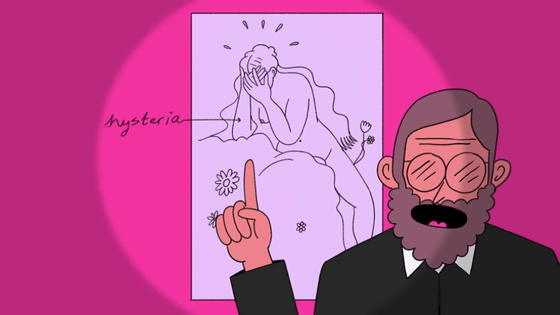
In ancient Greece, when the role of the brain and nerves was not yet known, it was believed that a woman's uterus moving around inside her body caused various symptoms. In addition, the superstition that emotional instability, such as sudden laughter or crying, as well as feelings of suffocation and emotional excitement, all originated from the female pelvis was a long-held belief until around the 19th century. Treatments at the time included massage and water pressure to relieve women's sexual desires, and prescribing herbs, but since these methods had no particular medical basis, they often ended up worsening the hysteria.

by wellcome collection
The theory that 'the uterus moves around inside the body and causes various symptoms' was denied by Roman doctors by the 2nd century. However, the uterus was still thought to be the cause of hysteria, and the idea that 'the uterus secretes something equivalent to semen in men, which stimulates the blood and nerves in the body' was also born. For this reason, there were cases where midwives treated hysteria by inducing orgasm in women.
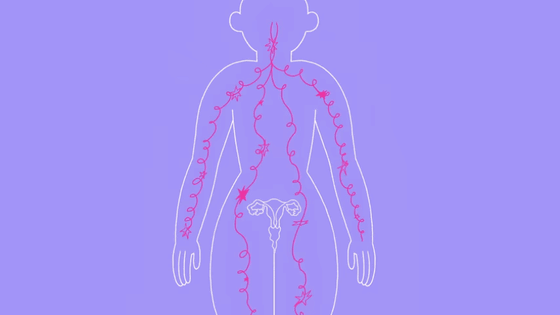
By the late Middle Ages, Christianity had spread throughout Europe, and Christian influences were also seeping into Western medicine. Some people began to argue that hysteria was not caused by the uterus, but rather that women's minds were influenced by the devil. Combined with misogyny, for a long period throughout the 16th and 17th centuries, women who did not fit into society were accused of being 'witches,' often with dire consequences.

In the late 19th century, during the late Victorian era in Europe and North America, there was a debate about whether hysteria had an origin in the mind or spirit, rather than in the body or soul. At the time, it was believed that middle-class women were more likely to experience hysteria, and that they were experiencing emotional or psychological distress in an environment where social dignity was highly valued and where strict rules were placed on sexual behavior.
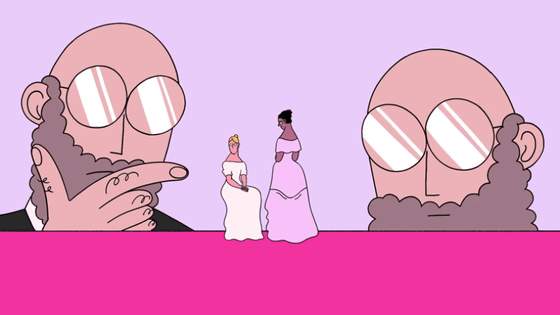
There is a book called '

In the late 19th century,
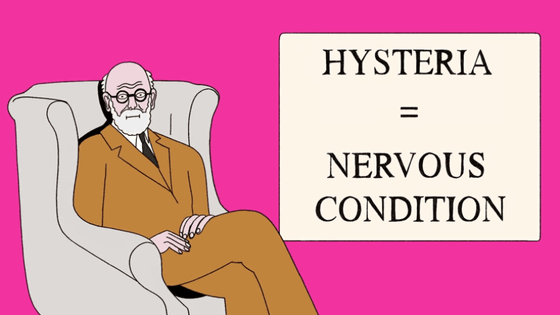
Freud also believed that hysteria was not something unique to women, but could occur in men as well. In fact, French neurologist
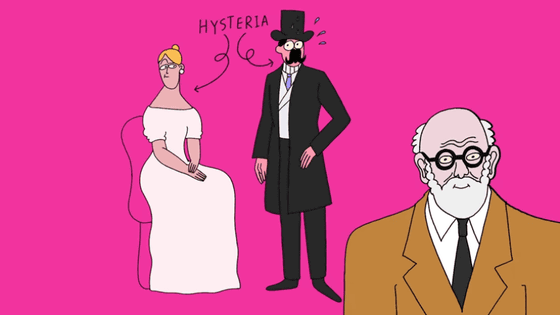
Research on
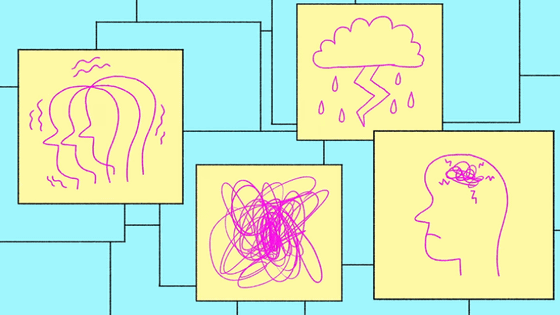
Modern scholars are of the opinion that the idea of hysteria as a general and comprehensive illness was a product of the imagination of ancient researchers. The history of hysteria is also a dark history until medical sexism was eliminated, and it is thought that the reason why women who suddenly become angry are still called hysterical today reflects this history. At the same time, TED-Ed says that the process by which the term hysteria was born and then lost is also an interesting history that reflects the development of Western medicine.

Related Posts:
in Video, Posted by log1e_dh






